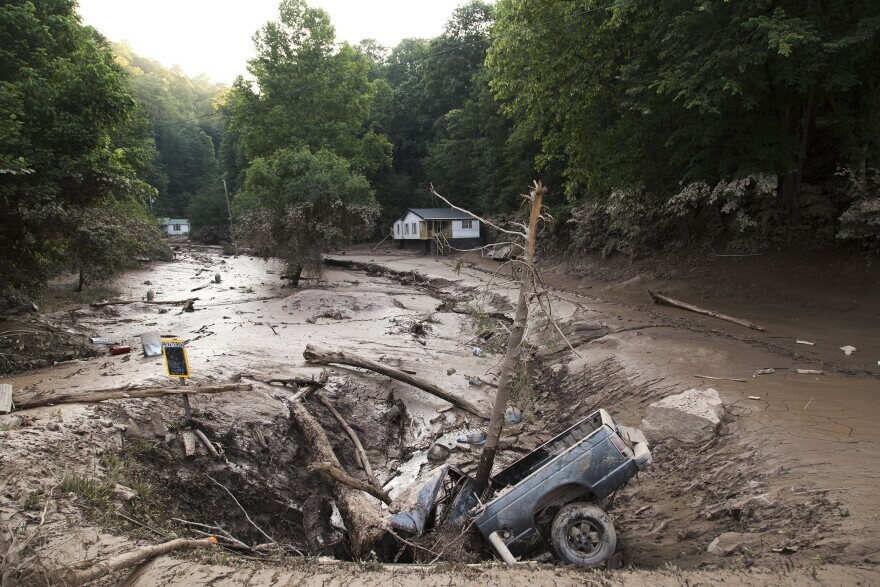Seven years after the historic floods of 2016, the state has finally completed nearly all of the houses and bridges that were damaged in the deadly flood.
Garner Marks, the general counsel for the West Virginia Development Office, told the Joint Legislative Committee on Flooding that 99 percent of the housing projects, 100 percent of the bridges and 99 percent of the demolition projects had been completed.
“The State of West Virginia was allocated $106,494,000 with 12 years to expand that mitigation funding to fortify resiliency measures to decrease the impact of future flooding events and other natural hazards,” Marks said. “In the same 12 counties that were designated for these disaster recovery funds. those include Clay, Greenbrier, Kanawha, Nicholas, Fayette, Jackson, Lincoln, Monroe, Pocahontas, Roane, Summers and Webster counties, each of these projects has to meet the HUD definition for mitigation, which are those activities that increase resiliency to disasters and reduce or eliminate the long term risk of loss of life injury, damage, to and loss of property and suffering and hardship by lessening the impact of future disasters.”
The state’s response to the flood cleanup was slow initially and the state was even put on notice by FEMA for slow use of the more than $400 million set aside for recovery efforts. Problems with West Virginia Rise were straightened out after the program was turned over to the West Virginia National Guard.
As of June 30, 2023 the program has completed 385 housing projects, 54 bridges that serve 121 homes, and 85 demolition projects working with outside groups like West Virginia VOAD or Voluntary Organizations Active in Disaster.
In a separate presentation to the committee, Matt Blackwood, the deputy director of the West Virginia Emergency Management Division, said the Federal Emergency Management Agency (FEMA) agreed to spend more than $400 million for public assistance and flood mitigation in West Virginia.
“You can see we have about $436 million, that we spent approximately $246 million,” Blackwood said. “The remaining about $190 million mainly relates to school projects here in Kanawha County, and also in Nicholas County.”
The unspent money will be declared officially spent once the schools are finalized, Blackwood explained. Members of the committee asked Blackwood to prepare a report for the committee on the status of those schools. Nicholas County has had significant delays causing costs to increase well beyond what was budgeted by FEMA.























